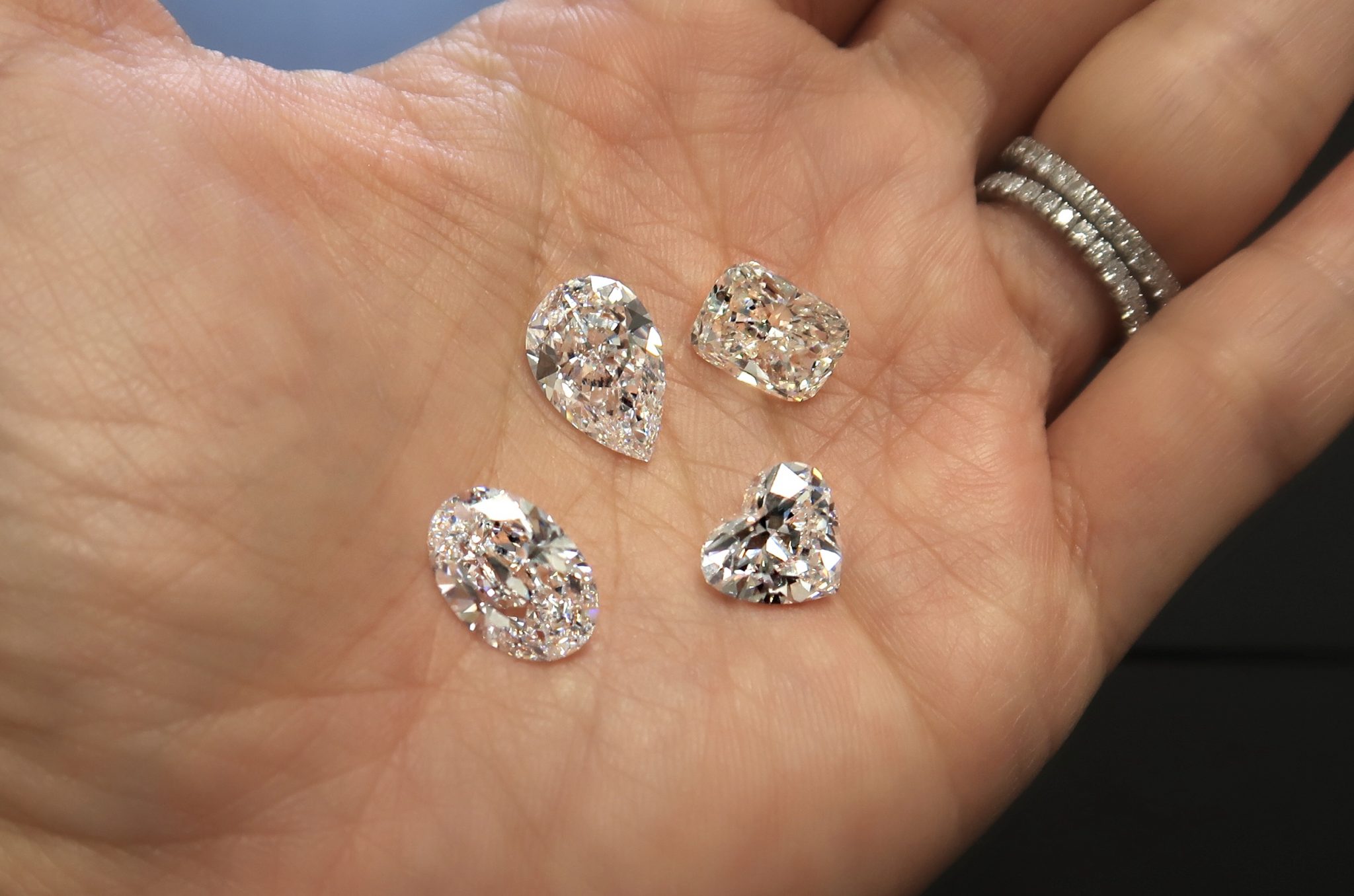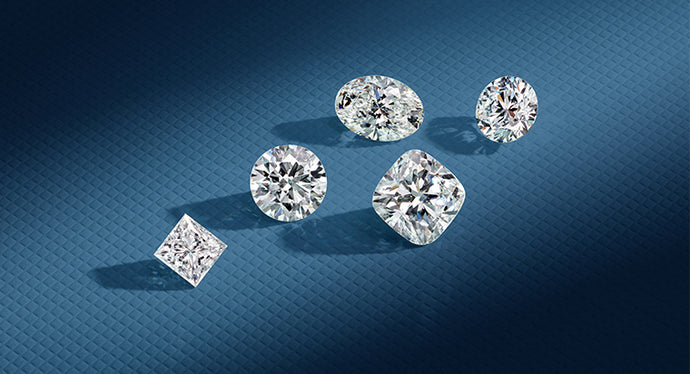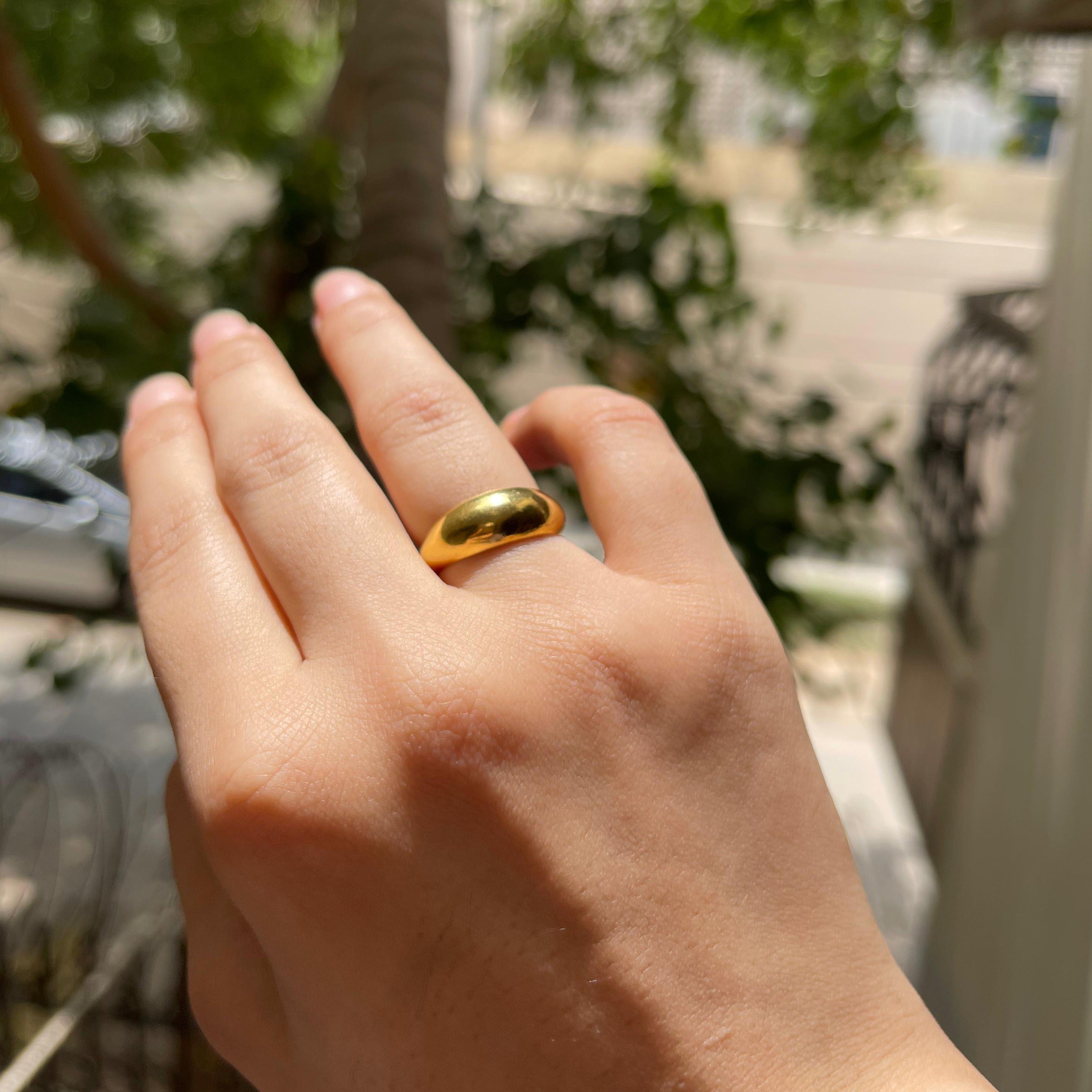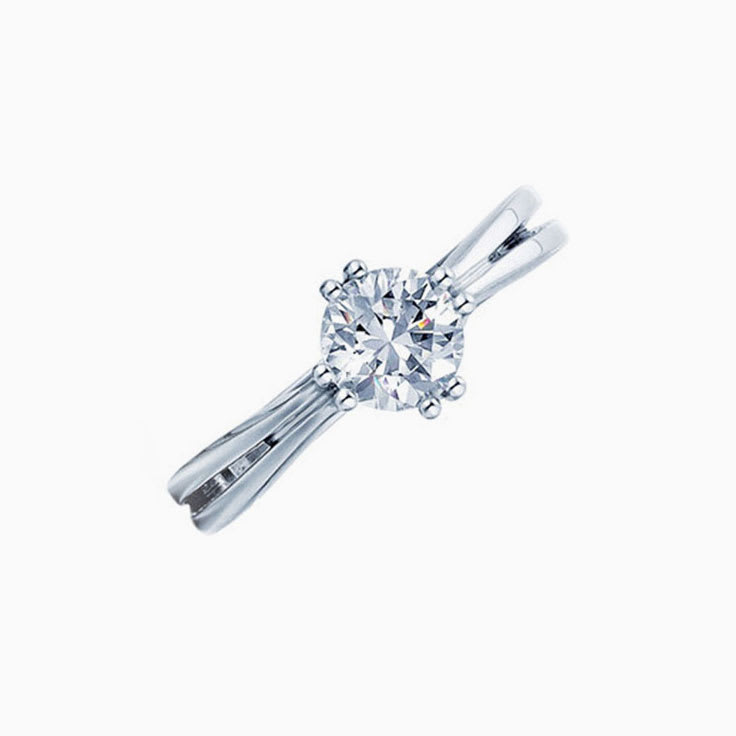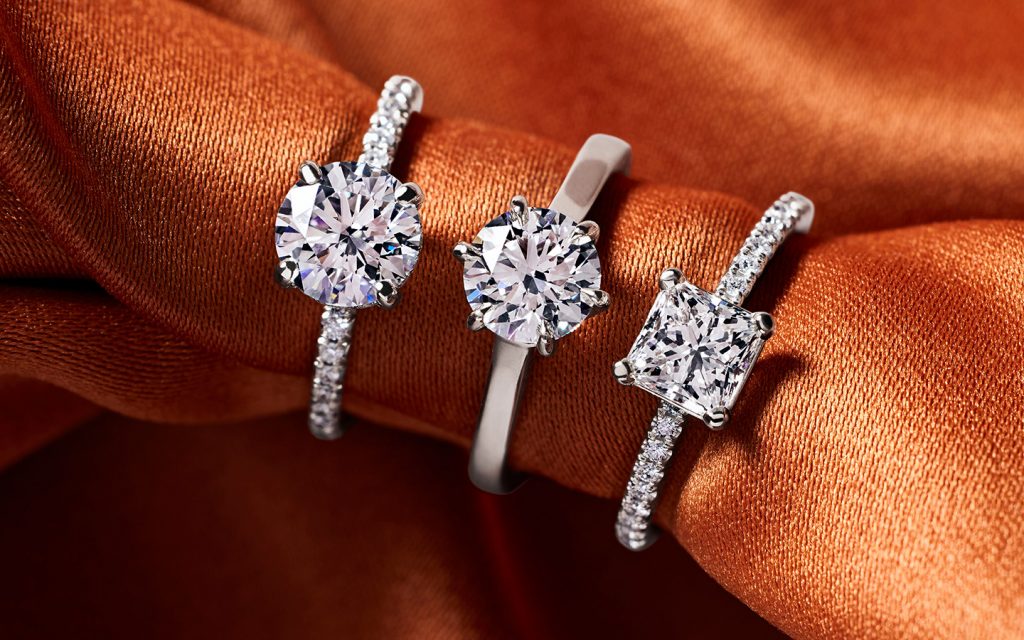Table of Contents
Introduction
In the realm of gemstones, diamonds have long reigned supreme as the epitome of luxury, elegance, and everlasting beauty. However, with concerns about ethical sourcing, environmental impact, and affordability on the rise, many individuals are turning to alternative options known as diamond substitutes. In this comprehensive guide, we’ll delve into the world of diamond substitutes, exploring their characteristics, advantages, and how they stack up against traditional diamonds.
Understanding Diamond Substitutes
What are Diamond Substitutes?
Diamond substitutes refer to gemstones or materials that mimic the appearance and properties of natural diamonds but are either created in a laboratory or sourced from nature. These substitutes offer consumers a range of options beyond traditional diamonds, catering to diverse preferences and considerations.
Types of Diamond Substitutes
- Lab-Grown Diamonds: Also known as synthetic diamonds, lab-grown diamonds are created in controlled environments that replicate the natural processes of diamond formation. These diamonds exhibit the same chemical composition and physical properties as natural diamonds, making them virtually indistinguishable to the naked eye.
- Moissanite: Moissanite is a naturally occurring mineral, but most commercially available moissanite gemstones are lab-created. It boasts exceptional brilliance, fire, and durability, often surpassing that of traditional diamonds. Moissanite is an increasingly popular choice for engagement rings and fine jewelry.
- Cubic Zirconia (CZ): Cubic zirconia is a synthetic material that closely resembles diamonds due to its brilliance and clarity. While CZ may lack the durability of diamonds, it offers an affordable alternative for those seeking the look of luxury without the hefty price tag.
- White Sapphire: White sapphire is a naturally occurring gemstone that shares the same crystal structure as diamonds. Though it lacks the sparkle of diamonds, white sapphire possesses its own unique charm and elegance, making it a sought-after choice for jewelry.
Advantages of Diamond Substitutes
Affordability
One of the most significant advantages of diamond substitutes is their affordability compared to natural diamonds. Lab-grown diamonds, moissanite, cubic zirconia, and white sapphire are generally more budget-friendly, allowing consumers to acquire stunning pieces of jewelry without breaking the bank.
Ethical and Environmental Considerations
Unlike natural diamonds, which are often associated with issues such as conflict mining and environmental degradation, many diamond substitutes offer a more ethical and sustainable alternative. Lab-grown diamonds, in particular, have minimal environmental impact and are produced without the ethical concerns surrounding traditional diamond mining.
Customization and Variety
Diamond substitutes come in a wide range of shapes, sizes, and colors, providing consumers with greater flexibility and customization options. Whether you prefer a classic round-cut diamond or a vibrant colored gemstone, there’s a diamond substitute to suit every taste and style preference.
Comparing Diamond Substitutes to Natural Diamonds
Appearance
Diamond substitutes are designed to emulate the brilliance and sparkle of natural lab grown diamonds , and many do so with remarkable accuracy. Lab-grown diamonds, moissanite, cubic zirconia, and white sapphire all possess their own unique optical properties, creating a dazzling display of light and color.
Durability
While natural diamonds are renowned for their exceptional hardness and durability, some diamond substitutes may not be as resilient. However, lab-grown diamonds and moissanite are known for their robustness and can withstand everyday wear and tear, making them suitable for use in jewelry.
Value Retention
One consideration when choosing between natural diamonds and their substitutes is the resale value. While natural diamonds tend to retain their value over time, the same may not be true for diamond substitutes. However, the lower initial cost of diamond substitutes may offset any potential depreciation in value.
Conclusion
Diamond substitutes offer a compelling alternative to traditional diamonds, catering to a wide range of preferences, budgets, and ethical considerations. Whether you’re drawn to the affordability of lab-grown diamonds, the brilliance of moissanite, or the versatility of cubic zirconia and white sapphire, there’s a diamond substitute to suit every need. By exploring these alternatives, consumers can enjoy the beauty and allure of fine jewelry without compromise.

